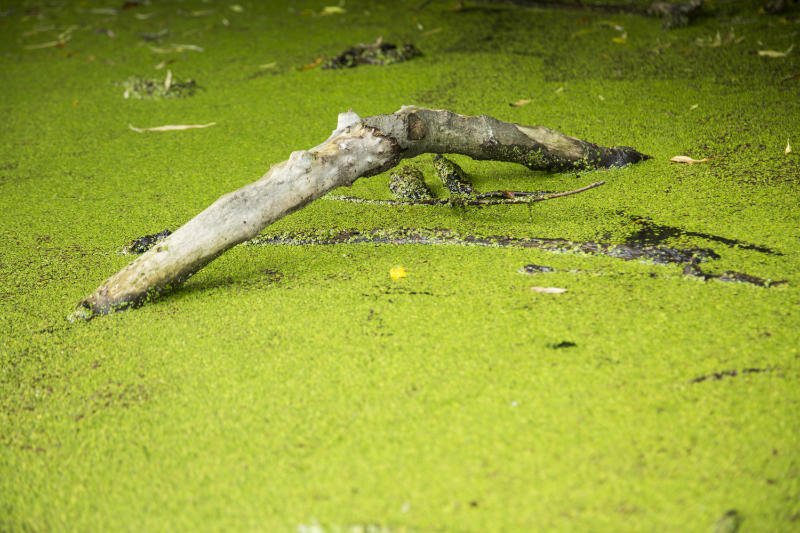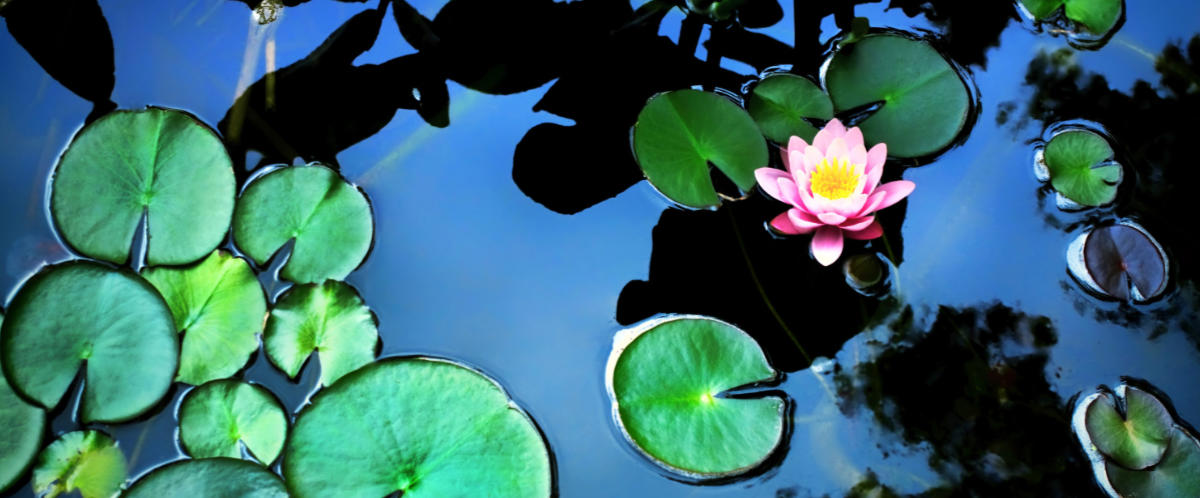Is your pond looking stagnant and covered in weed and in need some of overdue garden pond maintenance? We’ve rounded up some simple steps for freshening it up.
We all know the advantages of ponds – they attract wildlife, providing nutrients for both insects, mammals and fish, as well as being a place of tranquillity and calm in the garden.
As spring and summer approaches, things can start to look a bit tired if left unchecked, with surface weed, rotten leaves and other debris. Time for a garden pond maintenance spring clean, plus tips for keeping your pond water healthy throughout the summer months.
Recommended: How to build a wildlife-friendly garden.
Garden pond maintenance tips
1. Keep pond water aerated
If you have the right balance of plants, or in some cases a pump, you shouldn’t have too much trouble keeping the pond well oxygenated. However, if the water’s looking a little stagnant, run a fountain once or twice a week to keep it aerated.
2. Top up pond water levels
In a spell of warm weather, keep the pond topped up with fresh water as a routine part of garden pond maintenance. Try setting up a water butt to take run-off water from a roof and top the pond up with this, rather than tap water.
If the level drops it can cause distress to fish and plants. Do it once a week in very hot weather. For a quick fix use a hose sprinkler, which will spray the water with a fine shower and help oxygenate it quicker.
3. Avoid fertilisers near the pond

Never use fertilisers, including plant and lawn food, near your pond, as the chemicals will seep into the water and promote the growth of algae and blanket weed, which can prevent the water being oxygenated and make it murky.
4. Remove weeds as part of garden pond maintenance
In hot weather, blanketweed tends to spread across the surface of garden ponds quickly, along with other algae. Remove it using a rake or twist it around a bamboo cane to lift it out – preferably in the morning when the water is cool, as baby newts tend to swim into the blanketweed later in the day and you want to avoid removing them as well.
Duckweed – a bright green floating plant – can be another problem, often introduced to your pond through other new aquatic plants. It spreads rapidly, but you can control it by fishing it out with a net every week.
5. Thin out floating plants
View this post on InstagramOur garden pond somewhere beneath the lillies! #gardenpond #pondlillies #overgrownpond
If the pond has become overgrown, some plants may need thinning two or three times over the summer, or as soon as too much surface of the water becomes covered.
Place the discarded growth next to the pond overnight, to allow any little creatures caught up in it to get back into the water. Then you can get rid of it into your compost heap. Ideally, around half of the pond’s surface should be open to the sky, with floating plants shading other areas.































































